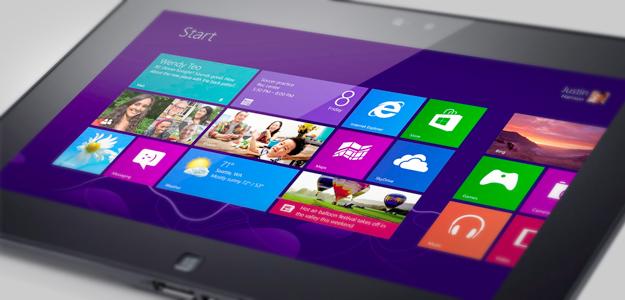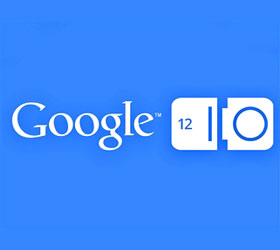The days of Microsoft making effort to dominate client PCs with Silverlight and Internet Explorer (IE) are over. Windows 8 has turned out to be a huge change for Microsoft, perhaps as big as Windows 3.1 or Windows XP.
If the software maker has its way, Windows 8 apps will become all over on desktops, laptops, smartphones and tablets. The opportunity, and consequences of failure, are so big that Microsoft is developing its own tablet, called Surface. With this step it has ended a long-standing exclusive dependence on partners to provide primary computer hardware.
Windows 8 strategy
Windows 8 runs on computers based on Intel chips and the ARM chips, used commonly in smartphones and tablets. It combines a new style of user interface – dubbed Windows 8 UX (user experience) – which seeks to integrate the best of keyboards, mice, stylus and touch user interfaces (UIs) in a single model.
The goal with Windows is to restore Microsoft’s earlier dominance of client-side application programming interfaces (APIs), this time with an interface that takes care of applications for Windows 8 desktops and tablets and, to some length, smartphones. There is a new Windows platform, which is broader and is based on Windows 8 clients, the Windows Runtime (WinRT ) API, and the Windows Azure cloud environment. Microsoft is trying hard to make the introduction of its new platform technologies evolutionary, and application design and development (AD&D) professionals not facing an obligation to embrace the new technologies. But few AD&D leaders yet see the big picture of the new Windows platform, much less understand its implications for their .NET strategies.
End of .NET
At a time when one Microsoft platform era is ending and another is beginning, the .NET era, as it is known, is winding down. .NET will not go away, however – it becomes Microsoft’s preferred server environment for the broader platform.
The .NET platform will change dramatically during the next year. The future of Microsoft’s platforms is not confined to PC desktops and Intel servers alone and also depends on mobile devices and in cloud computing services. Fastening this change will bring innovations to both the clients and servers in Microsoft’s platform.
To read the complete complete article, click here.




